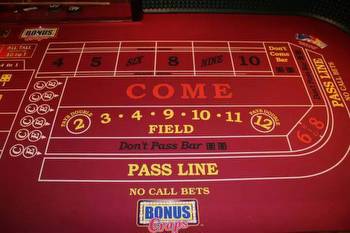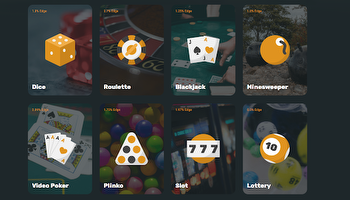VEZINA: The hidden costs of 'free' video game gambling
The issue of gambling addiction is back in the spotlight because of the rapid expansion of sports betting in Canada.
As often occurs, the cyber version of this issue is being largely overlooked because legislators tend to have a blind spot when it comes to technology.
The most profitable online video games often use marketing tactics and strategies which can be ethically questionable at best.
Some strategies are considered illegal in some jurisdictions, but owners of these games are often left alone by the authorities because they operate in the virtual world.
In any event, any industry will generally gravitate towards activities which generate the most profit for it.
In online gaming, the top earning titles are usually free to play but are funded by microtransactions.
Here are some of the things which occur at some of the largest and most profitable online video games in the world:
Stamina Systems
A stamina system is something which stops the player from continuing to play a game unless they pay a fee. For example, a player may only be able to play three game levels a day for free, unless they pay $5 to play at a fourth level.
Some of these systems have increasing costs for repeated use.
The first time the charge is $5, then $10 for the second time and so on.
Other systems only lock the player out of the game if they lose, making them pay if they want to try again.
Game designers also allow players to get to a point where they are invested in playing the game, then set up a paywall at moments where stopping the game would be particularly frustrating.
Some versions of these systems are also applied to rewards.
For example, a player can play a game and fight an enemy, but can only receive rewards once a day, unless they pay a fee.
Or their rewards are increased if they are willing to pay a small fee.
Pay-to-progress
This allows the player to pay to skip portions of the game. These systems are usually present in games which require significant hours online to catch up to veteran players.
In the most profitable games, skipping six to eight months of regular play can be done by paying the game developer $1,000 or more.
Some of these systems include purchasing in-game currency to be spent on what amounts to a dice roll to improve the player’s account, for example by making the player’s favourite sword a bit sharper so it can slay dragons faster.
But this roll of the dice can fail and the player wins nothing.
Loot Boxes
This is basically an example of collectable card packs put into a digital form.
Many games have no power-progression system but will be targeted towards collectors.
For a fee, a player has a chance to open a virtual loot box in hopes of getting something they want.
But the game developers may make it a thousand-to-one shot, in other words virtually impossible, to succeed.
Fear of missing out
In this strategy, a new game character is made available to players for an escalating fee, but only for a limited time, say two weeks, with little chance of the players actually getting the character they want.
Some people have so much money that these online gaming issues are irrelevant to them, but others, who can’t afford huge losses, often get caught in them.
European health agencies have warned of the effect of gambling video game conditioning on children, which feeds into addictive gambling behaviours.
If a “free to play” game is making huge profits, upwards of $1 billion annually, people might want to consider what the claim of “free” actually means and check to make sure they know what they are getting into before they get too deeply invested.
































